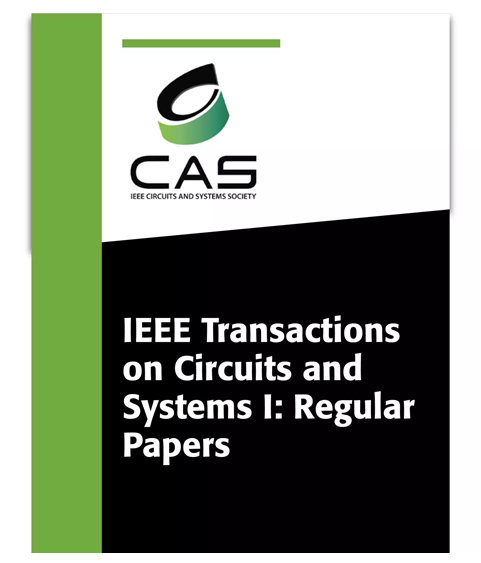基于动态混合亚稳态和抖动熵单元的超高吞吐量和fpga兼容TRNG
IF 5.2
1区 工程技术
Q1 ENGINEERING, ELECTRICAL & ELECTRONIC
IEEE Transactions on Circuits and Systems I: Regular Papers
Pub Date : 2025-01-10
DOI:10.1109/TCSI.2025.3526181
引用次数: 0
摘要
熵源是真随机数生成器(TRNG)中最关键的组成部分,它决定了随机数的质量。目前的trng主要利用特定的物理随机性源作为熵源,但这种方法难以在低资源开销和高吞吐量之间取得平衡。本文研究了自反馈多路复用器(SFMUX)结构,以获得一种新的trng动态混合熵源。与其他基于MUX的熵源电路不同,我们的SFMUX交叉连接四个独立的高频环形振荡器(ROs)的输出作为四个MUX的输入信号,并且每个MUX的输出被自反馈作为选择信号。因此,SFMUX不仅可以输出抖动,而且可以快速、随机地更新选择信号,这增加了SFMUX输出不稳定信号的概率。当使用d触发器(DFF)对该信号进行采样时,DFF可能会变得亚稳。对熵源的建模表明,与使用其他级数的ROs相比,将1级和2级ROs连接到每个SFMUX可以获得更高的最小熵。提出的TRNG设计在Xilinx Virtex-6、Artix-7和Kintex-7 fpga上实现。实验结果表明,我们的TRNG在仅使用6个切片的情况下实现了550mbps的最大吞吐量,并且在没有后处理的情况下通过了NIST、AIS-31和Dieharder测试。本文章由计算机程序翻译,如有差异,请以英文原文为准。
An Ultrahigh-Throughput and FPGA-Compatible TRNG Based on Dynamic Hybrid Metastability and Jitter Entropy Cells
The entropy source is the most critical component of a true random number generator (TRNG), which determines the quality of the random numbers. Current TRNGs mainly utilize a specific source of physical randomness as the entropy source, but it is difficult for this method to achieve a balance between low resource overhead and high throughput. This paper explores the self-feedback multiplexer (SFMUX) structure to obtain a novel dynamic hybrid entropy source for TRNGs. Unlike other MUX-based entropy source circuits, our SFMUX cross-connects the outputs of four independent high-frequency ring oscillators (ROs) as the input signals of four MUXs, and the output of each MUX is self-fed back to serve as a selection signal. Thus, the SFMUX can not only output jitter, but also update the selection signal rapidly and randomly, which increases the probability that the SFMUX outputs unstable signals. When using a D-flip-flop (DFF) to sample this signal, the DFF may become metastable. Modeling the entropy source shows that connecting 1-stage ROs and 2-stage ROs to each SFMUX can achieve higher minimum entropy than using ROs with other numbers of stages. The proposed TRNG design is implemented on Xilinx Virtex-6, Artix-7 and Kintex-7 FPGAs. The experimental results demonstrate that our TRNG achieves a maximum throughput of 550 Mbps while using only 6 slices, and it passes the NIST, AIS-31 and Dieharder tests without postprocessing.
求助全文
通过发布文献求助,成功后即可免费获取论文全文。
去求助
来源期刊
CiteScore
9.80
自引率
11.80%
发文量
441
审稿时长
2 months
期刊介绍:
TCAS I publishes regular papers in the field specified by the theory, analysis, design, and practical implementations of circuits, and the application of circuit techniques to systems and to signal processing. Included is the whole spectrum from basic scientific theory to industrial applications. The field of interest covered includes: - Circuits: Analog, Digital and Mixed Signal Circuits and Systems - Nonlinear Circuits and Systems, Integrated Sensors, MEMS and Systems on Chip, Nanoscale Circuits and Systems, Optoelectronic - Circuits and Systems, Power Electronics and Systems - Software for Analog-and-Logic Circuits and Systems - Control aspects of Circuits and Systems.

 求助内容:
求助内容: 应助结果提醒方式:
应助结果提醒方式:


